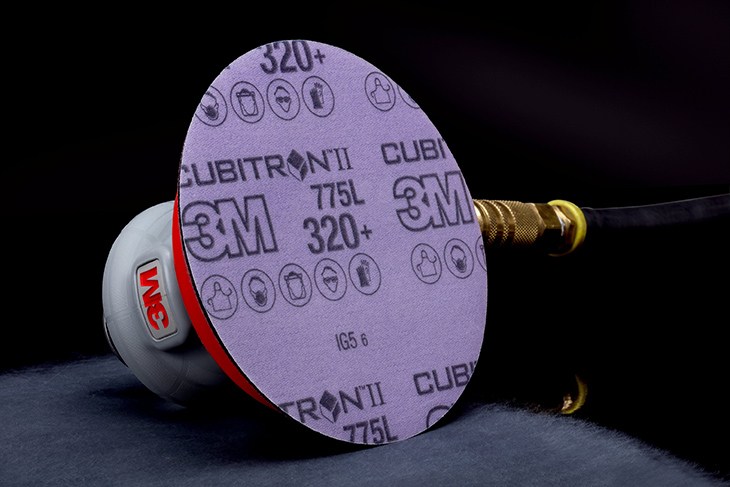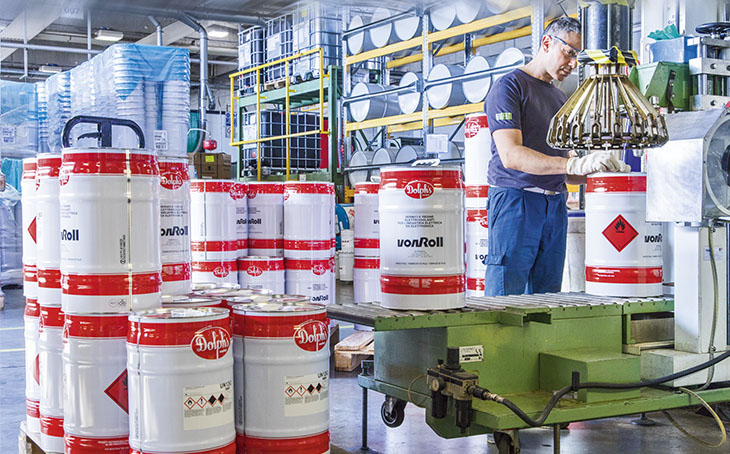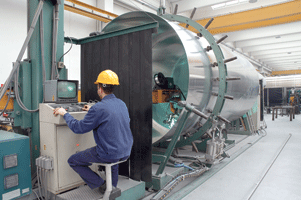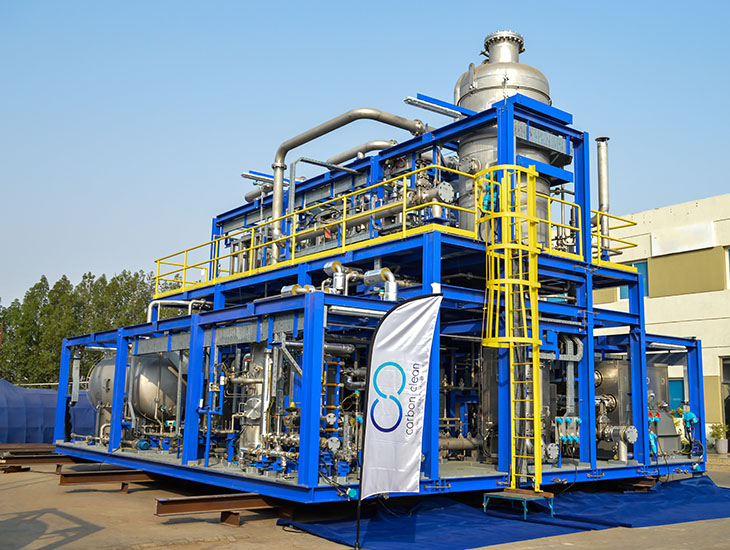Increasing interest from the public, politicians and other relevant parties has ramped up efforts to use electric vehicles to reduce fossil fuel dependence. However, reaching the necessary adoption rates requires robust lithium battery manufacturing practices.
Humidity management is a critical part of production, and many manufacturing leaders have innovative ways to maintain a desirable environment. How does technology support those aims and minimize complications?
Use Design Tools to Perfect Humidity Controls
One lithium battery manufacturing challenge is that electrode production must happen in so-called dry rooms, which have extremely low and carefully monitored humidity levels. Similarly, some manufacturers rely on dry cabinets that function with the same concept but store sensitive items in controlled environments.
Both dry rooms and cabinets include controls and alarm systems that let people set humidity-related parameters and verify that the manufacturing environment stays within those boundaries.
A best practice is to use digital twins or cloud-based design platforms to determine the kind, placement and number of humidity controls or cabinets per area. Then, designers can test different options before installing them.
Most battery production facilities need surroundings with less than 1% relative humidity and low levels of particulate matter. Suppose decision-makers see design mockups showing how specific humidity mitigation techniques meet goals. In that case, they should be more open to approving them in factories, viewing that move as necessary to keep businesses profitable.
Digital design tools also improve the planning process so all equipment aligns with humidity management goals. For example, many companies use air compressors with attached desiccant dryers to remove unwanted moisture.
However, the dryer’s purge cycle consumes 2% to 20% cubic feet per minute, affecting airflow volume measurements. That means the air compressor must be large enough to compensate for the loss. Otherwise, undersized compressors contribute to poor air quality, while inappropriately large ones may experience excessive wear, shortening their useful lives.
Even without plant design backgrounds, executives typically understand that these products react negatively to moisture, and uncontrolled exposure adversely affects longevity and performance. Achieving humidity management goals in lithium battery manufacturing lets companies exert or maintain marketplace dominance while nurturing customer confidence.
Rely on Connected Products for Monitoring and Verification
Internet of Things (IoT) technologies also support humidity control needs. Some sensors mount on dehumidifiers or other environment management equipment. They assess its operations and flag abnormalities that may cause failures. Studies suggest such predictive maintenance practices can eliminate up to three-quarters of breakdowns compared to preventive or reactive methods.
Unnoticed equipment problems could become extremely costly and disruptive for affected companies. Depending on the scope of those issues, companies could also miss client production deadlines or fall short of quarterly output forecasts.
Many IoT products allow people to monitor equipment from anywhere. That’s a particularly valuable feature if a manufacturer operates numerous sites nationwide or worldwide. Imagine if an off-site employee briefly logs into a monitoring portal during a business trip and sees something amiss with a factory’s humidifiers. They’d likely have enough time to warn the facility’s personnel and urge them to take prompt action to stop impending shutdowns.
Relatedly, Internet of Things sensors often show historical data about what has happened with a product over time, particularly as it moves through the supply chain. Such insights prevent items from experiencing prolonged, inappropriate conditions in transit that could damage or make them unusable.
One exciting example spanning beyond the battery industry involves a postage stamp-sized IoT tag embedded into product labels. It can show whether an item has stayed within the necessary humidity range, temperature or other aspects. This innovation stands out from others, costing as little as 12 cents to make and tolerating temperature extremes.
Support Quality Control and Customer Assurance
Company representatives can monitor humidity, location and carbon footprint data from the IoT tag through a cloud-based interface. Additionally, customer-facing applications let purchasers or other relevant stakeholders track products’ journeys from distribution centers to doorsteps, assuring them of the merchandise’s travel conditions.
Although humidity control is essential for items in production facilities, manufacturers should also strongly consider exercising such easily implemented oversight once products leave factories. Then, if problems arise once a customer receives a product, company representatives can refer to transit data to determine if something went wrong before or after the item departed the facility.
IoT sensors also fit more broadly into quality control aims by giving leaders real-time data about quality, output, bottlenecks, overall process times and more. Humidity management is necessary, especially for sensitive products such as batteries. However, keeping them in the ideal conditions becomes insufficient if issues elsewhere cause defects or inconsistencies later.
Improve Lithium Battery Manufacturing With Humidity Controls
Let these actionable examples provide food for thought as you assess the best ways to implement humidity control technologies into your lithium battery manufacturing facility. The resultant ideas could also shape best practices for other similarly delicate and in-demand products, reducing the number of items manufacturers must discard due to damaging storage and production conditions.

























